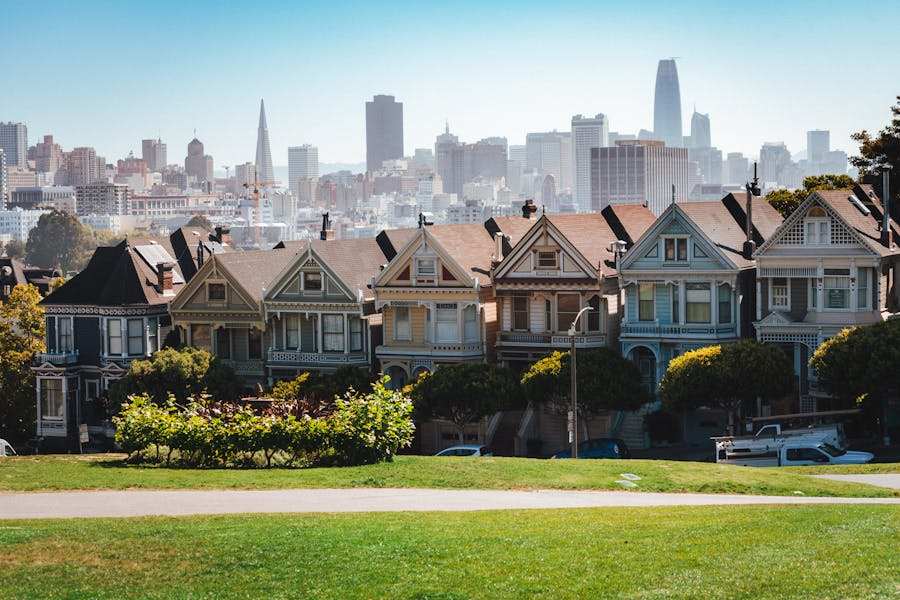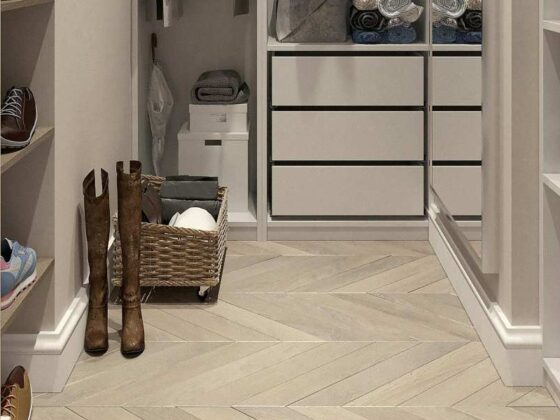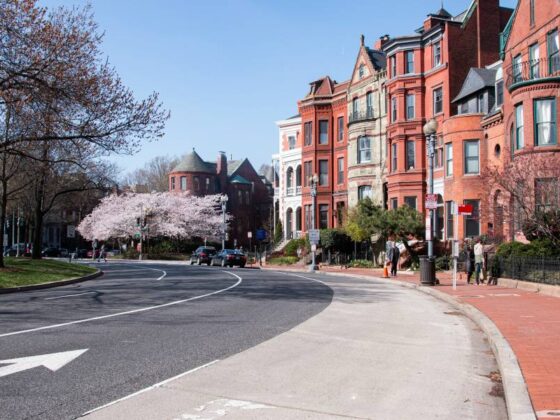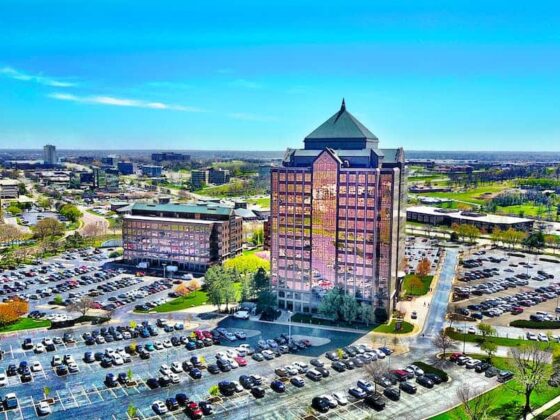House orientation is a critical aspect of architectural design, influencing the aesthetic appeal and a home’s comfort and energy efficiency. In the United States, the debate over the ideal orientation, particularly regarding south-facing houses, is a topic of significant interest among homeowners and architects alike. The orientation of a house can profoundly impact its exposure to sunlight, energy consumption, and overall livability. In this article, we delve into the pros and cons of south-facing houses in the USA, exploring the benefits, challenges, and considerations homeowners should weigh when contemplating this orientation for their abode.
Is south south-facing house good in USA?
Yes, a south-facing house can be advantageous in the USA, but it’s essential to consider various factors before determining its suitability. South-facing houses typically receive ample sunlight throughout the day, contributing to natural lighting and warmth and potentially lower heating costs, especially in colder climates. However, there may be concerns about overheating in warmer regions, which can be mitigated through proper shading and ventilation. Additionally, factors like local climate, site characteristics, and personal preferences should all be considered when deciding on a house’s orientation. Overall, while a south-facing orientation offers benefits, weighing the pros and cons in the context of your specific location and needs is crucial.
Factors Influencing The Desirability Of South-Facing Houses
Several factors contribute to the desirability of south-facing houses, making them a popular choice for homeowners in specific contexts:
Sunlight Exposure: South-facing houses receive abundant sunlight throughout the day, particularly in the northern hemisphere. This exposure ensures ample natural light indoors, creating a bright and welcoming atmosphere. Natural light enhances the aesthetics of living spaces and has psychological benefits, promoting mood and well-being.
Passive Solar Heating: In colder climates, south-facing houses offer the advantage of passive solar heating. Sunlight streaming into the home through south-facing windows can help warm the interior spaces during winter. This reduces the reliance on artificial heating systems, leading to potential energy savings and increased comfort for occupants.
Energy Efficiency: A house’s orientation plays a crucial role in its energy efficiency. South-facing houses can capitalize on solar energy for heating, reducing energy consumption and utility costs. Properly designed south-facing homes with strategically placed windows and insulation can maximize energy efficiency while minimizing heat loss.
Gardening and Outdoor Living: South-facing yards and gardens benefit from extended sunlight exposure, creating favorable conditions for plant growth and outdoor activities. Homeowners can cultivate flourishing gardens, vegetable patches, or outdoor living spaces in the sunny areas of their property. This not only enhances the aesthetic appeal of the home but also encourages outdoor leisure and relaxation.
Potential for Solar Energy Systems: South-facing roofs are ideal for installing solar panels or solar water heaters. Consistent sunlight exposure maximizes the efficiency of solar energy systems, allowing homeowners to harness renewable energy and reduce their dependence on traditional power sources. This can lead to long-term cost savings and a reduced carbon footprint.
Cultural and Architectural Significance: In some cultures, a household’s orientation is symbolic or culturally significant. For various cultural reasons, south-facing houses may be perceived as optimistic or desirable, influencing homeowners’ preferences and choices in specific communities.
Advantages Of South-Facing Houses
South-facing houses offer several advantages that make them desirable for homeowners:
Abundant Natural Light:
South-facing houses receive sunlight throughout the day, especially in the northern hemisphere. This exposure ensures ample natural light indoors, creating bright and inviting living spaces. Natural light not only enhances a home’s aesthetics but also has numerous health benefits, such as boosting mood, reducing eyestrain, and regulating circadian rhythms.
Passive Solar Heating:
In colder climates, south-facing houses benefit from passive solar heating. Sunlight streaming through south-facing windows warms the interior spaces, reducing the need for artificial heating during winter. This passive heating can save energy and increase occupants’ comfort while minimizing reliance on heating systems powered by fossil fuels.
Energy Efficiency:
A house’s orientation significantly impacts its energy efficiency. South-facing houses can leverage solar energy for heating purposes, reducing energy consumption and lowering utility bills. Properly designed south-facing homes with well-insulated windows and thermal mass can effectively capture and retain heat, enhancing overall energy efficiency.
Gardening and Outdoor Living:
South-facing yards and gardens benefit from prolonged sunlight exposure, creating ideal conditions for gardening and outdoor activities. Homeowners can cultivate thriving gardens, grow vegetables, or create outdoor living spaces in areas with ample sunlight. This enhances the property’s aesthetic appeal and provides opportunities for outdoor leisure and relaxation.
Solar Energy Generation:
South-facing roofs are well-suited for installing solar panels or solar water heaters. Consistent sunlight exposure maximizes the efficiency of solar energy systems, allowing homeowners to generate renewable energy onsite. Solar power can offset electricity costs, reduce carbon emissions, and contribute to sustainable living practices.
Cultural and Architectural Significance:
In some cultures, a household’s orientation has cultural or symbolic significance. For various cultural reasons, south-facing houses may be considered auspicious or desirable, influencing certain communities’ architectural traditions and homeowner preferences.
Importance Of Site Analysis And Consultation With Professionals
Site analysis and consultation with professionals are crucial steps in determining the suitability of a south-facing orientation for a house. Here’s why they’re essential:
Every property has unique characteristics that can influence its suitability for a south-facing orientation. Factors such as geographical location, local climate, topography, surrounding buildings or trees, and prevailing winds can all impact sunlight exposure, energy efficiency, and comfort levels within the home.
Site analysis helps identify the best orientation and layout for maximizing solar gain while minimizing potential drawbacks such as overheating or glare. Professionals can assess the site’s solar access throughout the day and seasons, considering factors like solar angles, shading, and potential obstructions.
Site analysis can uncover potential challenges associated with a south-facing orientation, such as excessive heat gain in warmer climates or limited sunlight in shaded areas. Professionals can propose design strategies to mitigate these challenges, such as incorporating shading devices, optimizing window placement, or improving insulation.
Building codes and regulations may impose restrictions or requirements for house orientation, solar access, or energy efficiency standards. Consulting with professionals ensures the design complies with relevant codes and regulations, minimizing the risk of costly revisions or delays during construction.
Professionals with expertise in sustainable design can provide valuable insights into optimizing energy efficiency, indoor environmental quality, and overall sustainability. They can recommend environmentally friendly materials, energy-efficient systems, and passive design strategies tailored to the specific site and project goals.
Site analysis and professional consultation help strike a balance between design objectives, client preferences, and site constraints. Professionals can work closely with clients to understand their needs, preferences, and priorities, translating them into a well-informed design that optimizes the advantages of a south-facing orientation while addressing any concerns or limitations.
Bottom Line
The bottom line is that while south-facing houses offer numerous advantages, such as abundant natural light, passive solar heating, and opportunities for sustainable energy generation, their suitability depends on various site-specific factors and careful consideration of potential challenges. Conducting a thorough site analysis and consulting with professionals ensures that homeowners can make informed decisions, optimize the benefits of a south-facing orientation, and address any concerns effectively. By taking these steps, homeowners can create comfortable, energy-efficient, and aesthetically pleasing living spaces that enhance their quality of life while minimizing environmental impact.
FAQ’s
Are south-facing houses more expensive?
The cost of a south-facing house may vary depending on location, size, and amenities. While they may offer advantages such as better natural lighting and energy efficiency, their cost may also be influenced by market demand and other factors.
Do south-facing houses sell for more?
In some cases, south-facing houses may sell for more due to their perceived advantages, such as better natural light and energy efficiency. However, other factors, such as location, condition, and market trends, influence property prices.
Are south-facing homes colder?
South-facing homes in colder climates may experience colder temperatures if not adequately insulated or designed to retain heat. However, they also have the advantage of receiving more sunlight, which can contribute to passive solar heating and warmer indoor temperatures during daylight hours.










